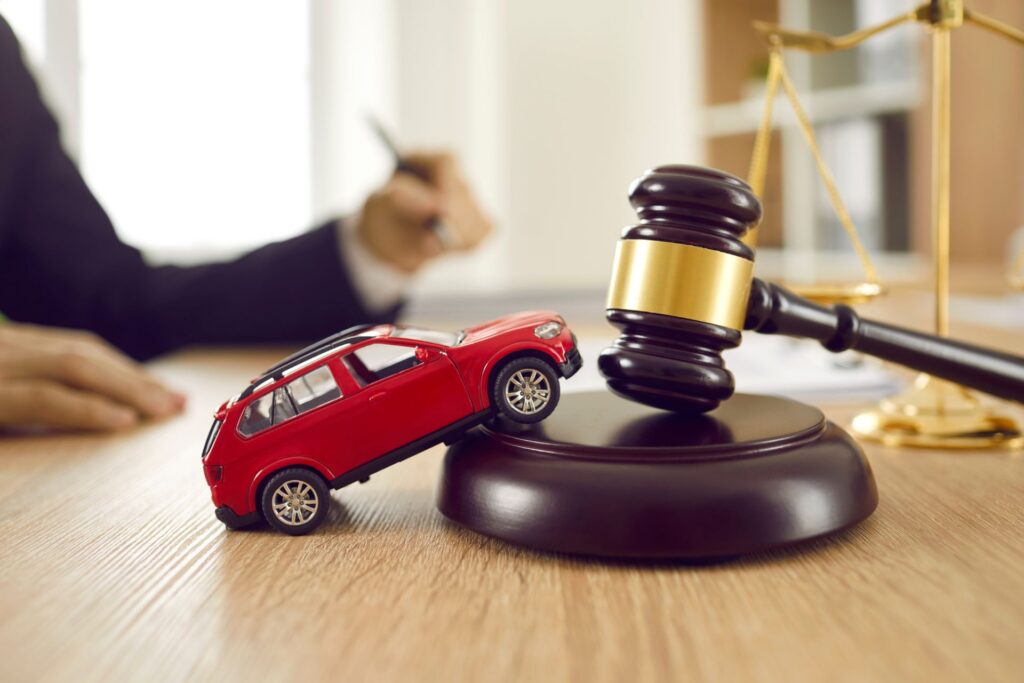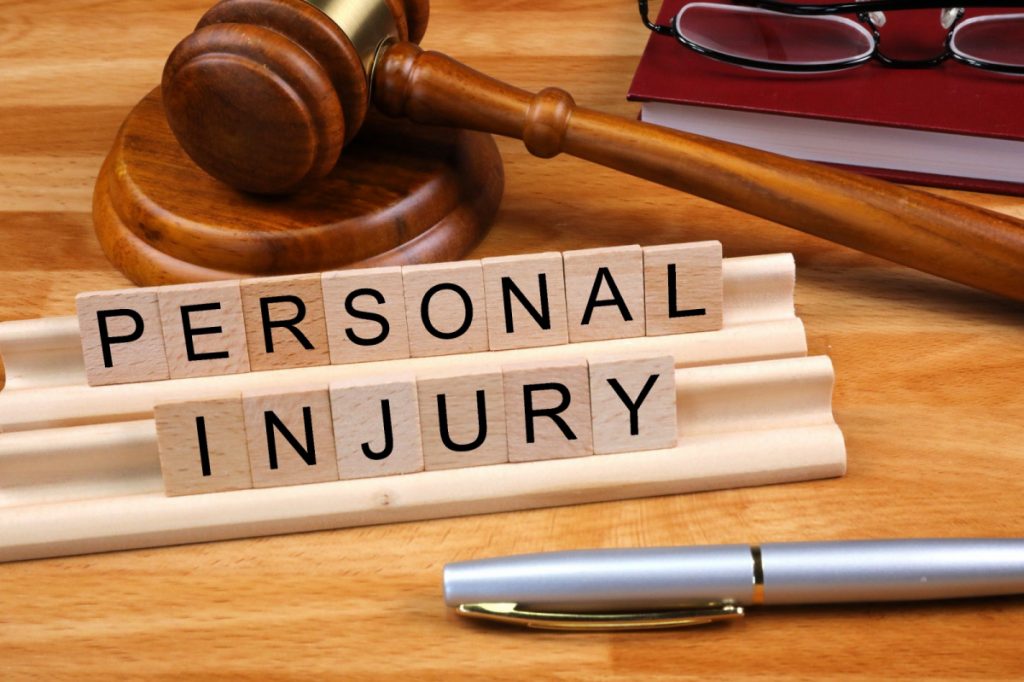Now Reading: Establishing Liability in a Personal Injury Case
-
01
Establishing Liability in a Personal Injury Case

Establishing Liability in a Personal Injury Case
Liability describes the legal responsibility of an individual or party for causing harm to another. Establishing liability is important for validating and determining settlement claims in a personal injury case. If you’re involved in a personal injury case, this article will show you how to establish and defend liability to claims.
Establishing Liability For Personal Injury
In a personal injury case, establishing liability means proving that someone is responsible for injury, usually due to negligence. It’s important to prove and not just assert liability because establishing liability qualifies you to receive compensation from the at-fault party. There are four elements of negligence, and you must prove that the at-fault party’s position and actions satisfy these elements to establish liability. They include:
Duty of Care
Duty of care means that an individual or party has a legal responsibility to act reasonably to steer clear of causing harm to others. For instance, drivers must obey traffic laws, while employers must provide safety policies and equipment. Proving that an at-fault party has this duty is the first step to establishing liability.
Breach of Duty
After showing that the liable party had a duty of care, you must prove they failed to satisfy it. You can prove a breach of duty by highlighting the at-fault party’s action or inaction, leading to injury. This is the first place where evidence like eyewitness statements, police reports, videos, and images is useful.
Causation
The causation element shows that the at-fault party’s breach of duty led directly to your injury. You must prove this connection to establish liability in your personal injury case. This ensures that the liable party pays injury compensation caused or exacerbated by their actions and not any other.
Damages
The final step in establishing liability is to show that you incurred damages due to the injury. Evidence is also important to satisfy this element. For example, when negotiating a car accident settlement, attorneys use medical records to prove medical expenses and photos to prove physical injuries causing pain and suffering.
Understanding Shared Liability
Sometimes, more than one party shares liability or fault in an accident. This situation affects a personal injury case, allowing the at-fault party to request a division of damages according to their contribution to the accident. The at-fault party can demand a division of damages using the following defense and principle:
Contributory Negligence
This is a legal defense where the at-fault party claims that the individual is partially responsible for their injury by failing to take reasonable care. A defendant must also prove reasonable liability on the part of the plaintiff to establish contributory negligence.
Where contributory negligence is established, the parties share damages proportionately, allowing the defendant to pay a lesser compensation. In some cases where the proportion of contributory negligence is high, the law may prevent defendants from paying any compensation.
Comparative Negligence
It is a legal responsibility where liability and damages are shared proportionally among parties. Under this principle, damages are divided based on the individual’s contributions to the accident. Unlike contributory negligence, no party can be completely barred from paying damages, regardless of their level of liability.
Endnote
Establishing liability is important to help you claim a settlement compensation. You can establish liability by proving duty of care, breach of duty, causation, and damages. Liable parties can defend a compensation claim by proving shared liability through contributory or comparative negligence.










